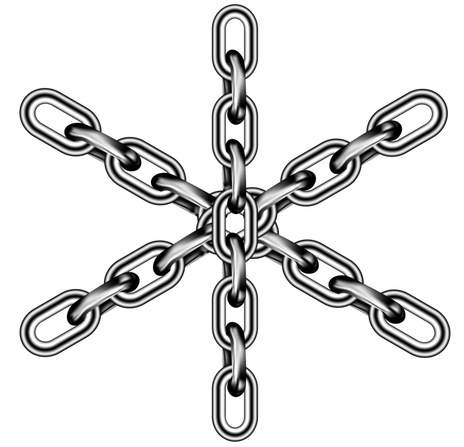By JOHN HOLLOWAY at Search Engine Journal
With the launch of Panda, SEOs are more nervous than ever when it comes to their site’s survival in the search results. The mood has become more and more tense with many publishers scrambling to “fix” their pages in hopes of redemption. People are reading horror stories of seemingly innocent websites being affected by Panda. How can you be sure that you won’t find yourself in this same situation?


 A wise man once said, “I want my competitors to look at my backlinks and give up hope.” Amen. This goes right along with the quality content mantra. Ordinary content gets ordinary links. Creative, quality content gets better links. People who are serious about their business will be serious about spending the time and resources on producing creative, link-worthy content.
A wise man once said, “I want my competitors to look at my backlinks and give up hope.” Amen. This goes right along with the quality content mantra. Ordinary content gets ordinary links. Creative, quality content gets better links. People who are serious about their business will be serious about spending the time and resources on producing creative, link-worthy content. Instead of packing a page full of colorful charts and statistics, I try a different approach when it comes to infographics. I like to shoot for “evergreen” type content, so I can re-promote it every few months and pick up additional links. This was something I went for with my ecommerce project’s
Instead of packing a page full of colorful charts and statistics, I try a different approach when it comes to infographics. I like to shoot for “evergreen” type content, so I can re-promote it every few months and pick up additional links. This was something I went for with my ecommerce project’s